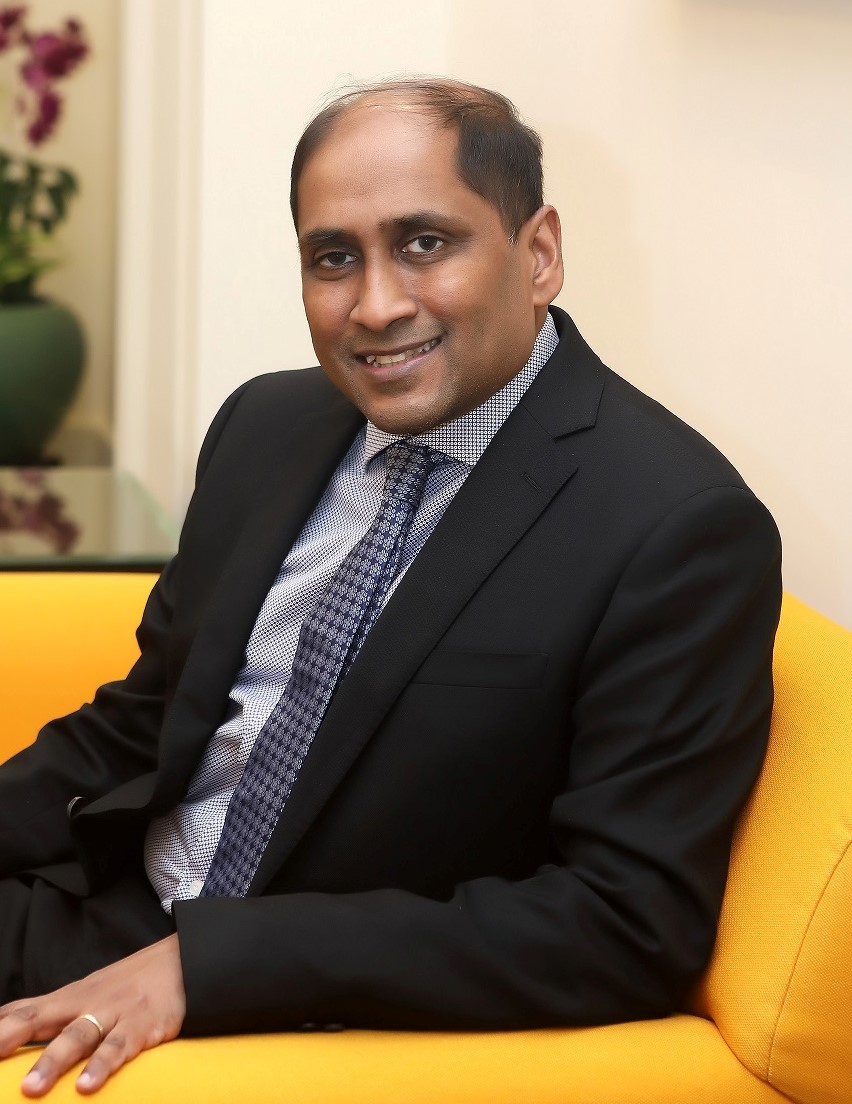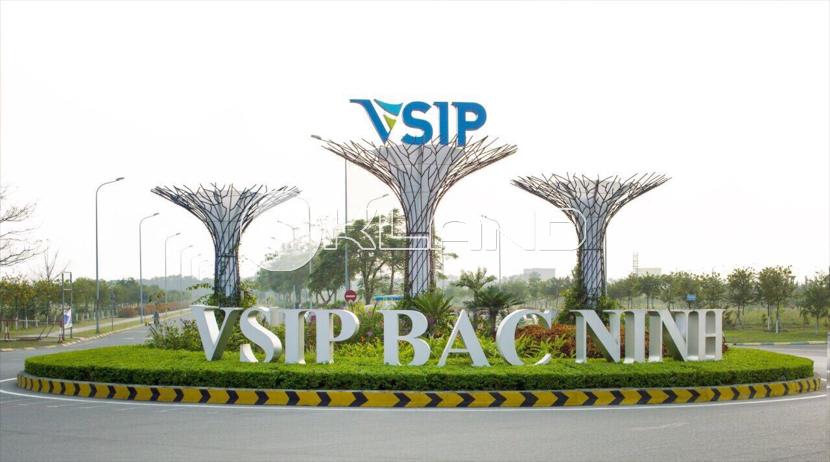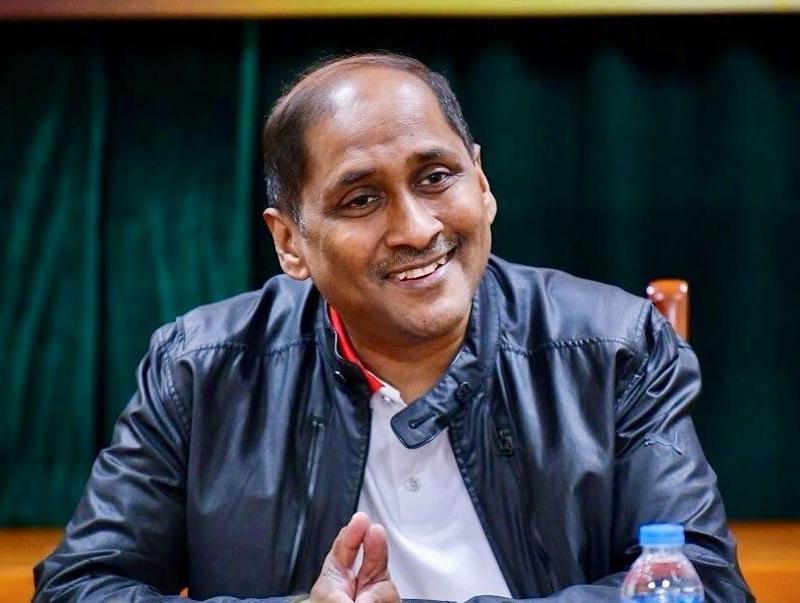How would you describe the current state of Singapore’s economic relations with Vietnam, specifically in terms of investment and trade?
Vietnam and Singapore stand at a high point in our bilateral cooperation. In 2023, Singapore was the largest source of FDI into Vietnam, accounting for over $6.8 billion invested or almost 19 per cent of total foreign investment.
Cumulatively, over the years, Singapore has invested $74.51 billion in the country, which makes it Vietnam’s second-largest investor. Bilateral trade reached S$31.3 billion ($23.19 billion) in 2022; almost double the figure from a decade ago when we first established our strategic partnership.
What role has the Vietnam-Singapore Industrial Park (VSIP) Group played in strengthening economic ties?
The Vietnam-Singapore Industrial Park (VSIP) Group remains emblematic of our relationship, and its parks look set to grow further. There are currently 18 VSIPs spread around northern, central, and southern Vietnam.
Almost half of these are still under construction, having been launched in recent years, which means they are poised to add to the already-impressive achievement of attracting $18.4 billion worth of investment capital and creating more than 300,000 jobs in Vietnam.
Such a rapid pace of expansion is unprecedented, reflecting not just the strong foreign investor interest in Vietnam but also the success of the Vietnamese Government’s efforts to provide an environment conducive to FDI.
Despite the two countries’ progress, what areas remain untapped for further cooperation?
The bilateral relationship still has much space for increased cooperation even as we have already worked to deepen and further the relationship intensely over the last few years.
Amid a difficult external environment, Singapore and Vietnam continue to work even more closely to support each other.
We stepped up our high-level policy coordination last year, first by expanding the mandate of the Vietnam-Singapore Connectivity Framework, which is a high-level ministerial bilateral coordination mechanism unique to Vietnam and Singapore launched in 2006, to include cooperation in the new and emerging areas of energy, sustainability, and innovation.
Second, we launched annual meetings of our Prime Ministers, to begin in 2024, to enable high-level oversight and direction for our bilateral cooperation.
We did so as it was evident that we grapple with common challenges, especially around climate change and digital transformation. One thing is certain. We need to work together to enhance our capabilities, our competitiveness, and our cooperation, so that whatever the environment, we can do better for our peoples.
How are Singapore and Vietnam cooperating in green and sustainable growth initiatives?
An emerging new area of substantive cooperation has been our shared goal of green and sustainable growth. Our region is home to some of the world’s fastest-growing economies. At the same time, we have committed ourselves to sustainable growth to achieve our ambitious emissions targets.
Singapore and Vietnam share a common vision of achieving net-zero emissions by 2050. The road ahead for a just and orderly transition to net-zero is not easy, and all of ASEAN needs to work together on this journey. Our strong regional growth will drive energy demand, so accelerating our energy transition will be the key pathway to achieving this sustainable growth.
We need to take decisive action, as while some expect that the region will generate $1 trillion worth of green economic opportunities by 2030, ASEAN is at risk of losing over 35 per cent of its GDP by 2050 because of climate change if no remedial measures are taken, according to a study by the Nanyang Technological University and the University of Glasgow.

How are the complementary strengths of the two economies facilitating cooperation in sustainability?
As Vietnam’s economy moves up the value chain and transitions, like Singapore, towards a net-zero future, there is much scope for us to work together, reflecting the complementary strengths of our economies. Both sides look to consolidate progress in areas where we have worked well and expand into new areas of cooperation.
We broke new ground when we concluded the Green-Digital Economic Partnership in February 2023 to facilitate cooperation in new growth areas, which we expect will serve as a basis for plans to upgrade our bilateral relationship to a Comprehensive Strategic Partnership.
We expect that this will not only support the green and digital aspirations of both our countries but also allow our bilateral cooperation to serve as a pathfinder for ASEAN. We have already made important progress, but much more remains to be done to build on this momentum.
Singapore’s strengths - our strategic location in the region, role as a green finance hub, and strong partnerships with industry to develop innovative sustainable solutions - puts us in a good position to support Vietnam’s decarbonization journey and support unlocking its significant potential in renewable energy.
What approach are Singapore and Vietnam taking to transition to green industries and investments?
Discussions around sustainability have generally focused on how fast and at what cost economies can transition their existing carbon-heavy activities and businesses to internationally-acceptable green standards.
A phased-in approach with carbon-friendly investments is a realistic way forward, and an area where Singapore is already doing our part and will do more.
In this regard, while the first VSIP, Binh Duong I, focused on light manufacturing, Binh Duong II featured modern logistics facilities and the third VSIP, Binh Duong III, set to be launched this year, is positioned to be a smart and green industrial park, with an onsite solar farm, housing major groundbreaking “green” investments from LEGO and Pandora.
We expect future VSIPs to move in a similar direction in attracting higher-quality green FDI, which will provide better quality employment and improve Vietnam’s overall competitiveness.
What financial initiatives has Singapore introduced to support climate action in the region?
Singapore is also scaling up investment across ASEAN in renewable energy to support our individual decarbonization efforts. It has introduced a financial platform, the Financing Asia’s Transition Partnership (FAST-P), with the goal of raising $5 billion in funds for climate action in Asia.
This initiative, announced during COP28, focuses on mobilizing capital for green and transition investments in the region. FAST-P is a blended finance platform, where the Singaporean Government is set to contribute concessional capital.
This initial investment will be supplemented by funds from multilateral development banks, development finance institutions, and philanthropies.
The platform is designed to address three critical areas of green and transition investments in Asia. The first, the Energy Transition Acceleration theme, will support projects like the managed phase-out of coal-fired power plants and their replacement with renewable energy sources.
The second, the Green Investments theme, focuses on mature technologies such as renewable energy scaling, grid modernization, and electric vehicle infrastructure. And lastly, the Clean Technologies theme will invest in emerging green technologies like hydrogen and carbon capture, utilization, and storage.

Can you elaborate on the progress towards an ASEAN Power Grid and the Vietnam Singapore Energy Project?
Singapore has been working closely with Vietnam to actively promote the ASEAN Power Grid to make cross-border, regional trade of renewal energy a reality.
Various ASEAN member states have taken steps in this direction. The Lao PDR - Thailand - Malaysia - Singapore Power Integration Project (LTMS-PIP) is moving to Phase 2 of its development.
There has been a feasibility study conducted on a similar project involving Brunei, Indonesia, Malaysia, and the Philippines (BIMP-PIP).
For Vietnam, conditional approval has been given to a joint venture between SembCorp Utilities and the PetroVietnam Technical Services Corporation to export 1.2 GW of low-carbon energy from Vietnam to Singapore.
This project with Vietnam is one of the first such projects to receive conditional approval from Singapore. The energy will be delivered from an offshore wind farm in southern Vietnam’s Ba Ria-Vung Tau province via subsea cables.
Just like VSIP, this new Vietnam Singapore Energy Project (VSEP) could become another enduring icon of our bilateral partnership. VSEP will bind our economies even more closely and position us as pathfinders for a future ASEAN Power Grid.
How are the two countries cooperating in carbon markets?
Carbon markets will play a critical role in supporting our decarbonization efforts, particularly in hard-to-abate sectors, to quicken our green transition and forge a more sustainable and resilient future.
Singapore and Vietnam are looking to collaborate in knowledge sharing on carbon accounting, which requires an understanding of and compliance with internationally-acceptable rules and practices, such as the Glasgow Financial Alliance for Net Zero (GFANZ), the Partnership for Carbon Accounting Financials (PCAF), and Paris Agreement Capital Transition Assessment (PACTA).
Singapore, having established two carbon exchanges and with established institutions that have implemented robust internal carbon assessments, can provide critical knowledge transfer to both government and business institutions in Vietnam to establish carbon baselines and benchmarks that are accepted internationally.
In October 2022, Singapore and Vietnam signed an MoU to collaborate in carbon credits, aligned with Article No. 6 of the Paris Agreement. We substantially concluded negotiations over an implementation agreement in 2023.
What is the significance of this carbon credit agreement?
We are looking forward to its early conclusion as it will provide the framework for us to collaborate in carbon credit projects compliant with Article No. 6.
This agreement would facilitate private sector investments into emissions reduction activities, including meaningful projects like the low-carbon rice program.
Beyond economic cooperation, how else are Singapore and Vietnam working together on sustainability issues?
Singapore and Vietnam, albeit in vastly different ways, are impacted by issues such as rising sea levels and abrupt shifts in weather patterns. Vietnam faces issues such as saltwater intrusion in the Mekong Delta and disrupted water flows in rivers due to changing weather patterns, among other issues.
The Mekong Delta, well known as the “rice bowl” of Vietnam, has a vital role not just in Vietnam’s economy but also in regional food security. Therefore, developments in the Mekong Delta have strong implications for Vietnam and rest of us in the region who depend on rice imports.
How can Singapore’s expertise assist Vietnam in addressing climate challenges?
Singapore has know-how in urban planning and expertise in climate mitigation strategies that are energy and resource efficient, such as recycling capabilities (e.g. plastics, steel, and electronics), innovative waste management solutions (e.g. water and food waste), and carbon capture capabilities.
Singapore stands ready to assist the Vietnamese Government through technical assistance under the Singapore Cooperation Program, including at our Vietnam-Singapore Cooperation Center in Hanoi.
Despite the significant progress, what is the outlook for further strengthening bilateral ties?
As both countries have grown and our needs have changed over time, so too has our cooperation evolved to better support each other. We recognize that while we have built strong foundations, we must always be on the lookout for new ideas, new perspectives, and new opportunities to strengthen our bilateral cooperation.
We can move forward with confidence as our bilateral relationship continues to rest on firm foundations. These are the principles of mutual trust and support established by our former Prime Ministers Lee Kuan Yew and Vo Van Kiet. Their legacy continues to guide our two countries.









 Google translate
Google translate